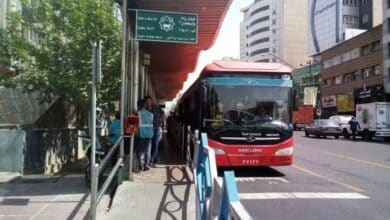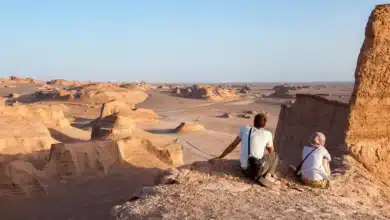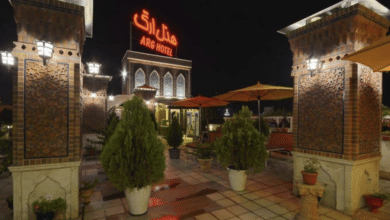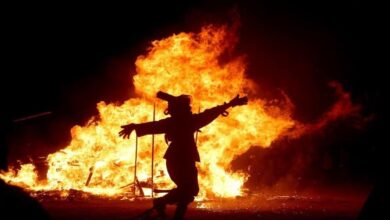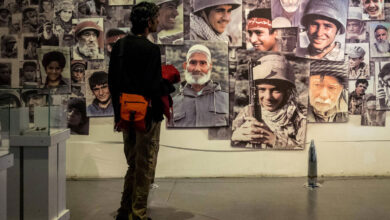Nowruz: Traditions for Persian New Year
- Nowruz marks the first day of spring and the equinox.
- It's celebrated by over 300 million people worldwide.
- The festival's origins date back over 3,000 years.
- Nowruz means "new day" in Persian.
- Haft-Seen table displays seven symbolic items starting with 'S'.
- Chaharshanbe Suri involves jumping over bonfires for purification.
- Sizdah Bedar is an outdoor celebration on the 13th day.
- Families visit elders first, honoring respect and tradition.
- Traditional dishes, like Sabzi Polo ba Mahi, are prepared.
- New clothes are worn to signify rebirth and renewal.
Each culture around the world has its unique way of celebrating the arrival of the new year. From the bustling streets of New York during the Times Square ball drop to the roaring dragon parades in China, every nation paints a vibrant tapestry of tradition.
The celebration of Nowruz is not just limited to Iran; it has been recognized by many countries across Central Asia, the Middle East, and even parts of the Caucasus. In countries like Afghanistan, Azerbaijan, and parts of the Kurdish region, the traditions surrounding Nowruz reflect a blend of local customs and the ancient Persian practices. This rich cultural exchange adds depth to the festivities, showcasing not only the significance of the New Year but also the unity of diverse communities in their shared experiences of renewal and hope.
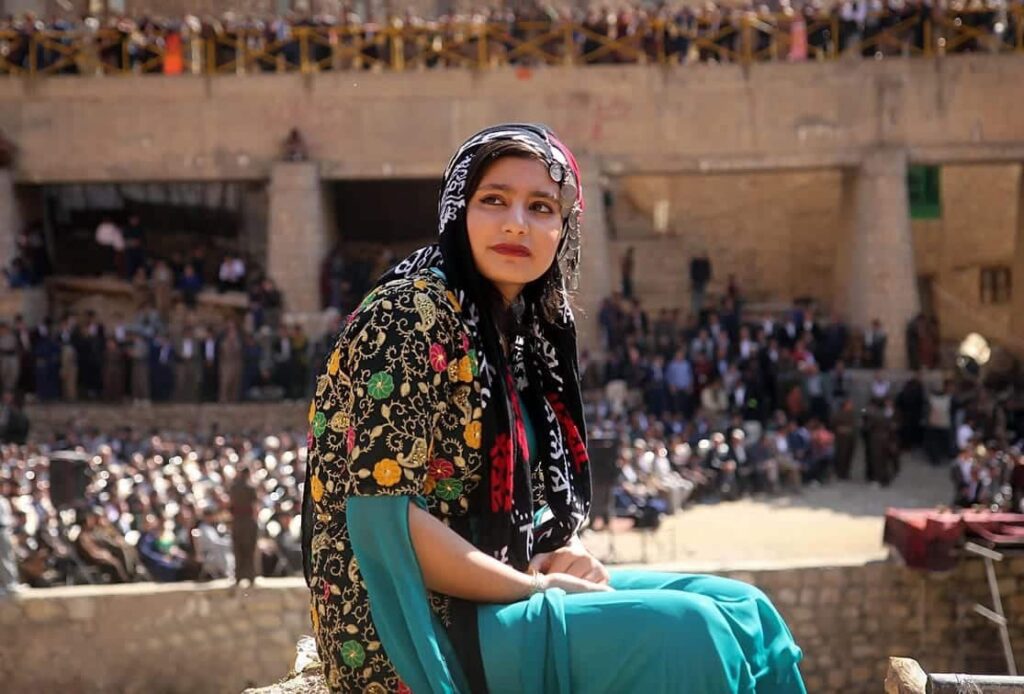
Nowruz, which translates to ‘new day’ in Persian, holds a special connection with nature. The arrival of spring symbolizes a time of awakening, where nature bursts into life, and people are inspired to rejuvenate their spirits and surroundings. In many households, it serves as a reminder to reconnect with the environment. This connection is evident in the green sprouts of Sabzeh on the Haft-Seen table, which represents the life force of nature and the new beginnings that spring brings.
Among the most ancient and rich of these is Nowruz, the Persian New Year. Predominantly observed in Iran and parts of Central Asia, Nowruz is a celebration of rebirth and renewal, coinciding with the vernal equinox, marking the first day of spring. Let’s explore the mesmerizing traditions associated with Nowruz, which highlight the beauty and diversity of this festive occasion celebrating Nowruz and its significance across cultures.

The Haft-Seen table is more than just a decorative setup; it is a profound symbol of hope and aspiration. Each item signifies a deep-rooted meaning, instilling positive intentions for the upcoming year. When families gather around the Haft-Seen table, they partake in the rituals that have been passed down through generations, sharing stories, and expressing their wishes for health, love, and prosperity. This annual gathering strengthens the bonds among family members, making it a cherished occasion.
Contents
1. Haft-Seen Table
For example, the Sabzeh not only symbolizes rebirth but also serves as a reminder of the importance of nurturing growth both in nature and within ourselves. Families often discuss their hopes for personal growth alongside the physical growth of the Sabzeh.
Samanu is often made as a family affair, where members gather to prepare the pudding. This collaborative effort emphasizes community and familial ties, reinforcing the idea that strength is not only found in individuals but in unity.
Senjed, with its symbolism of love, often features in conversations about relationships. Families may reflect on the importance of love and connection during this time, leading to heartfelt discussions about shared memories and future aspirations.
The inclusion of Seer speaks to the value of health and wellness. Families often discuss their health goals for the year ahead, creating a supportive environment that encourages healthier lifestyles.
Seeb not only represents beauty but also serves as a conversation starter about physical and inner beauty, leading to discussions about self-care and personal growth.
Somāq’s representation of patience often leads families to reflect on past challenges and the lessons learned, fostering resilience and a positive outlook.
Serkeh, with its association with aging and wisdom, prompts discussions about the importance of learning from the past, and how to cultivate a wise and fulfilling life as the new year unfolds.
The presence of additional items on the Haft-Seen table, such as painted eggs, often signifies fertility and the potential for new life. This encourages families to think about their dreams and plans for the future, whether it be starting a new family, pursuing educational goals, or embarking on new career paths. The mirror reflects self-awareness and the importance of looking inward as one strives for growth.
Furthermore, the candles represent light and happiness, prompting discussions about the importance of positivity and joy in the new year. As families gather around the Haft-Seen, they share not only the items but also their hopes and dreams, creating a supportive and loving environment.
At the heart of Nowruz celebrations lies the Haft-Seen table. Families arrange a special table with seven specific items that begin with the Persian letter ‘Seen’ or ‘S’. Each of these seven items symbolizes a different hope for the new year:
This spring cleaning ritual symbolizes not just a physical tidying up, but also a mental and emotional cleansing. Families often take the time to reflect on their past experiences, having discussions about what they want to leave behind as the new year begins. This practice fosters a sense of renewal and encourages individuals to let go of negative emotions and embrace positivity as they step into the new year.
During Khane Tekani, families may also decorate their homes with flowers, further enhancing the vibrancy associated with new beginnings. Each flower chosen often holds its own significance, serving as a reminder of the beauty of life and the importance of nurturing personal growth.
- Sabzeh: Green sprouts (usually wheat or barley) symbolizing rebirth.
- Samanu: A sweet pudding representing power and strength.
- Senjed: Dried oleaster fruit, symbolizing love.
- Seer: Garlic cloves for medicine and health.
- Seeb: Apples, symbolizing beauty and good health.
- Somāq: Sumac berries, representing the sunrise and patience.
- Serkeh: Vinegar for age and patience.
The flames of Chaharshanbe Suri symbolize the purification of the spirit. This vibrant celebration is often accompanied by traditional music and dancing, further enhancing the joyous atmosphere. Families come together to not only jump over the flames but to also engage in storytelling, sharing tales of their ancestors and passing down cultural heritage.
As a part of Sizdah Bedar, families engage in picnics, playing games, and enjoying nature, reinforcing the importance of community and togetherness. This day serves as a reminder to appreciate the beauty around us and promotes a sense of gratitude for nature and life itself.
In addition to these, other items like painted eggs, a mirror, candles, a holy book, and goldfish might adorn the table, each holding its own significance.
2. Khane Tekani (House Cleaning)

The tradition of visiting relatives during Nowruz extends beyond mere greetings; it serves to strengthen societal bonds. In many families, the exchange of sweets and traditional pastries occurs, symbolizing the sharing of joy and prosperity. These visits often include sharing stories about the year’s challenges and successes, fostering a communal spirit of resilience.
The special foods prepared during Nowruz are not just for feasting; they often have deep-rooted traditions attached to them. For instance, the fish in ‘Sabzi Polo ba Mahi’ represents life and the freshness of spring. Families often gather to cook together, imparting culinary skills to the younger generations and ensuring the preservation of traditional recipes.
Before the arrival of Nowruz, families engage in spring cleaning, or ‘Khane Tekani’. This represents a purification and renewal, as families prepare to welcome the new year.
Furthermore, serving ‘Kuku Sabzi’ highlights the importance of herbs in Persian cuisine, which are believed to have health benefits. This dish often leads to discussions about family recipes and the significance of maintaining cultural heritage through food.
In addition to wearing new clothes, the practice also symbolizes the shedding of the past’s negativity, encouraging a mindset of hope and renewal. Many families make it a point to purchase new outfits for each member, emphasizing the significance of appearances and the new beginnings they herald.
3. Chaharshanbe Suri
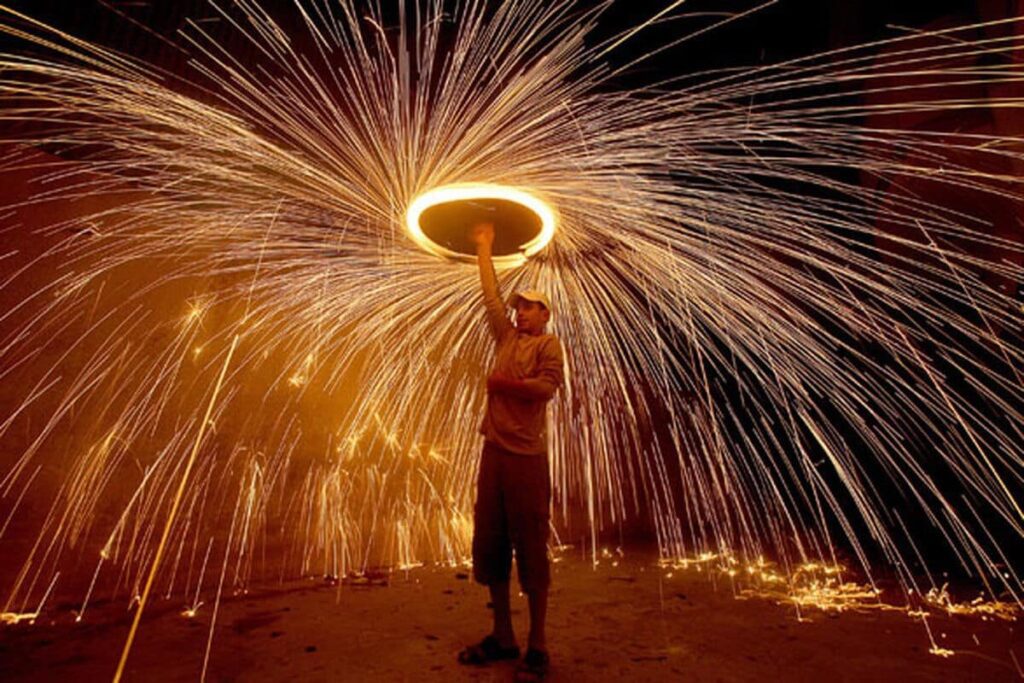
On the last Wednesday before Nowruz, a festive occasion known as Chaharshanbe Suri is celebrated. People light bonfires and jump over the flames while singing traditional songs. The act is symbolic – with the fire representing negativity, and jumping over it is meant to cleanse oneself of the past year’s problems and anxieties.
4. Sizdah Bedar (Nature Day)

On the 13th day after Nowruz, families head outdoors and spend the day in nature. This day, known as ‘Sizdah Bedar’, is all about appreciating nature’s beauty. Traditionally, the sabzeh grown for the Haft-Seen table is returned to nature on this day, typically by being thrown into running water.
5. Visiting Relatives
Nowruz is a time for family. Starting with the elderly, people pay visits to their relatives, strengthening familial bonds. It’s also common to exchange gifts, especially for children, who might receive new clothes or money.
6. Special Foods
No celebration is complete without a feast! For Nowruz, families prepare special dishes. Among the most famous is ‘Sabzi Polo ba Mahi’, a dish made of rice with green herbs served with fish. ‘Reshte Polo’, a noodle rice dish, and ‘Kuku Sabzi’, a herb and egg frittata, are also popular.
7. New Clothes
Wearing new clothes is a significant Nowruz tradition. It is believed that by donning new attire, one can also leave behind negative experiences from the past year and start afresh.
